We are passionate about facilitating optimal healing and empowering patients to take control of their injuries. We strive to provide individualised treatment plans based on the best current evidence and to create an atmosphere where patients can feel cared for, supported and acknowledged.
OUR PHILOSOPHY
OUR APPROACH
TREATMENT MODALITIES
Therapeutic modalities or treatments are used to assist the Physiotherapist in treating an injury, disability or disorder and to promote, maintain or restore a person’s physical and psychological well being.
At Therapy in Action we respect each patient’s individuality and preference and therefore a wide variety of treatment modalities are available to optimise each patient’s recovery.
(Hover your cursor over the image for more information)
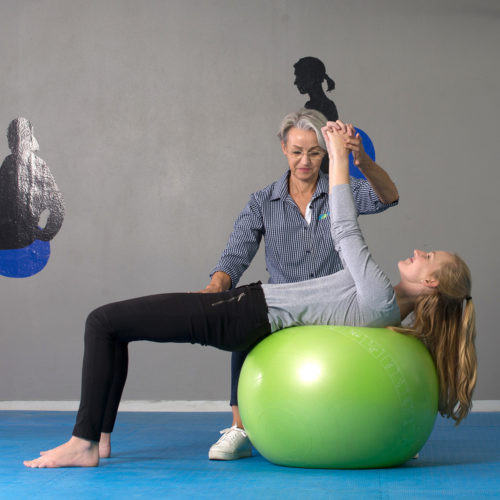
Sharing of relevant information regarding prognosis, pain science, self management and treatment plans
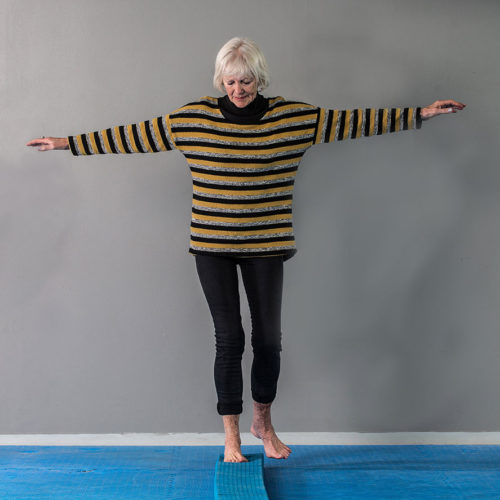
Balance, stabilising and proprioceptive exercises to restore good muscle control and brain-body neural connections
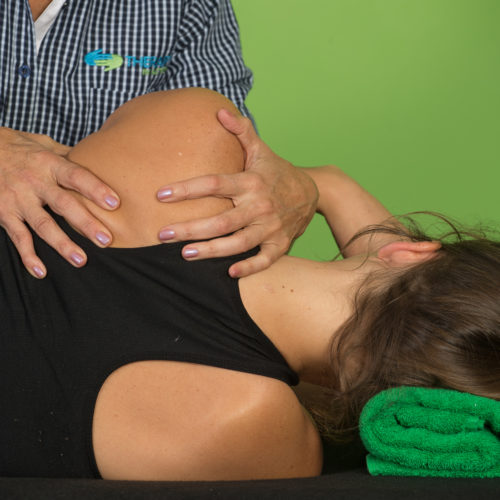
Massage, specific soft tissue mobilisation and joint mobilisations are used to modify pain and facilitate good movement quality and awareness
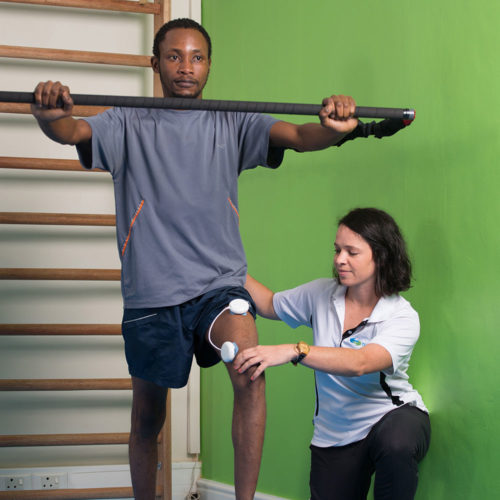
Visual, verbal and manual feedback to retrain more ideal movement patterns with the aim of managing the load placed on soft tissue and joint structures
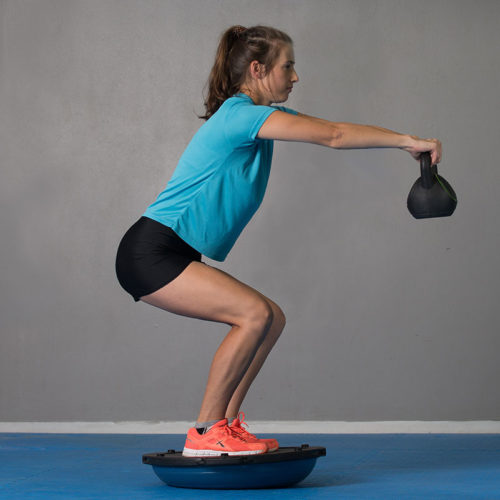
Specific, graded strengthening of muscle groups by gradually increasing the load and demands placed on the muscles
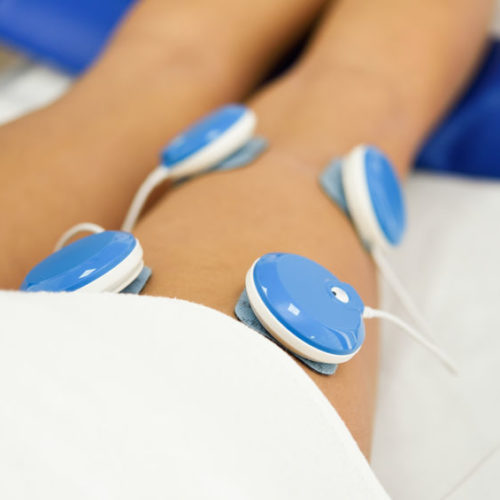
There are two modalities of electrical stimulation:
1. Electrical muscle stimulation (EMS) uses electrical impulses to stimulate nerves and elicit a muscle contraction. It is often used to enhance muscle strengthening effects and to restore muscle tone after surgery.
2. Transcutaneous electrical nerve stimulation (TENS) uses specific frequencies to target specific nerves. It helps to calm down over-sensitive nerve pathways and thereby assists in reducing pain
1. Electrical muscle stimulation (EMS) uses electrical impulses to stimulate nerves and elicit a muscle contraction. It is often used to enhance muscle strengthening effects and to restore muscle tone after surgery.
2. Transcutaneous electrical nerve stimulation (TENS) uses specific frequencies to target specific nerves. It helps to calm down over-sensitive nerve pathways and thereby assists in reducing pain
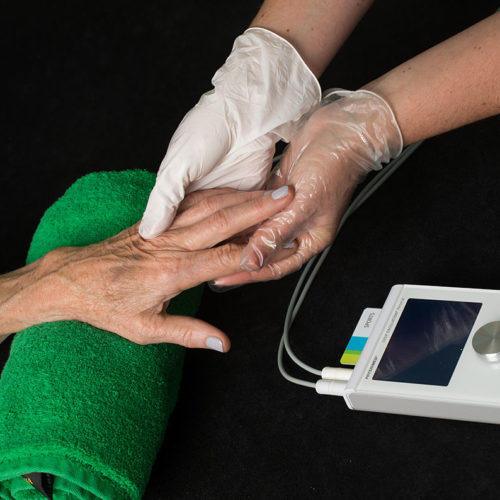
A relatively new modality that uses electrostatic pulses that create oscillations in the deep tissues. Research evidence is still lacking, but it can be effective for oedema/swelling management and pain reduction in the acute stage
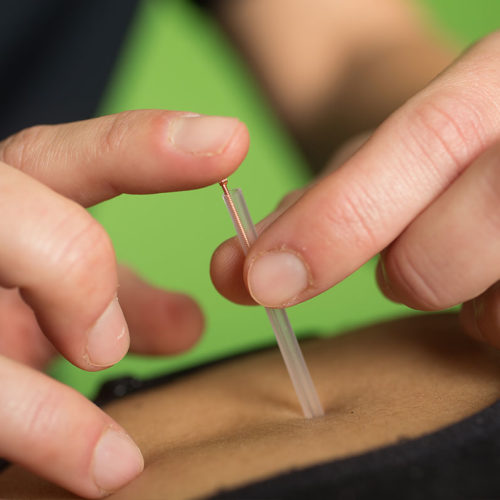
There evidence to support the use of dry needling is poor; however some patients do seem to benefit as seen in positive clinical effects, reduced pain intensity and reduce muscle spasm
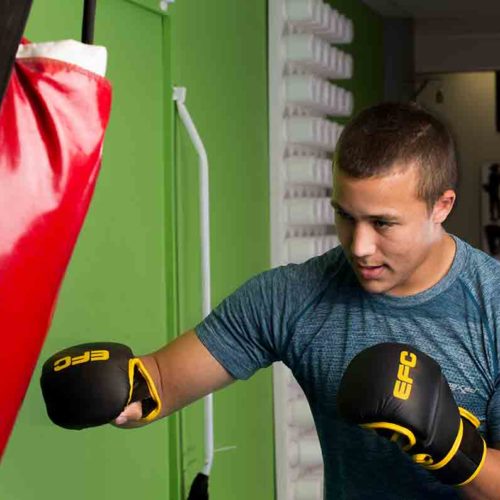
Specific training involving relevant movement patterns and demands that are required for daily functional tasks or specific sports
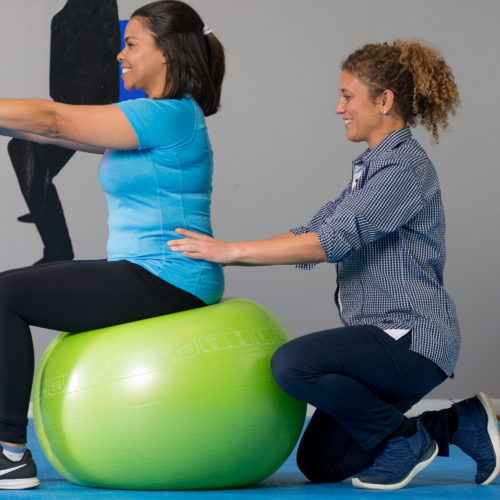
Guidance regarding how and when to avoid, modify and reintroduce daily life tasks and activities
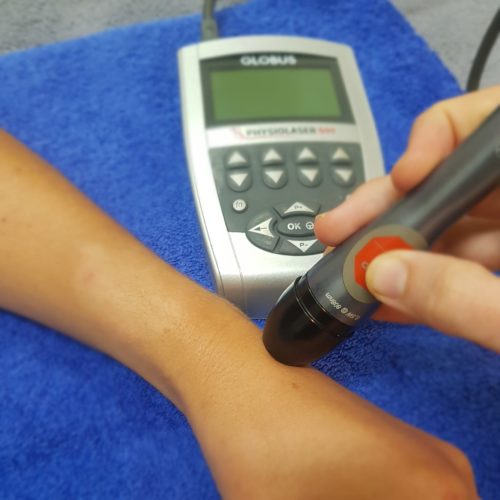
Used for pain management and superficial scar healing
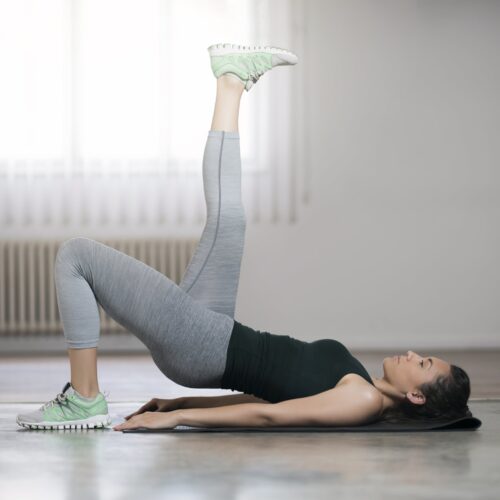
Be Activated
CONDITIONS TREATED
We treat a range of conditions and injuries. Hover your mouse over the images below for more detail
Chronic pain conditions
See our pain management section for more details
- CRPS
- Headaches
- Fibromyalgia
- Chronic lower back pain
- Whiplash associated disorder
Musculoskeletal injuries
Acute and chronic injuries affecting the musculoskeletal system:
- Ligament and tendon injuries
- Muscle strains
- Neck and back injuries
- Sports injuries
Pre- and Post-surgical conditions
Prehab and post-op rehab of:
- Joint replacements
- Stabilisation surgeries
- Ligament repairs
- Fracture fixation
Degenerative conditions
- Osteoarthritis
- Rheumatoid Arthritis
Peripheral nerve injuries
- Entrapment neuropathies
- Nerve traction injuries
Overuse Injuries
- Repetitive strain injuries
- Tendinopathies
- Occupational injuries
